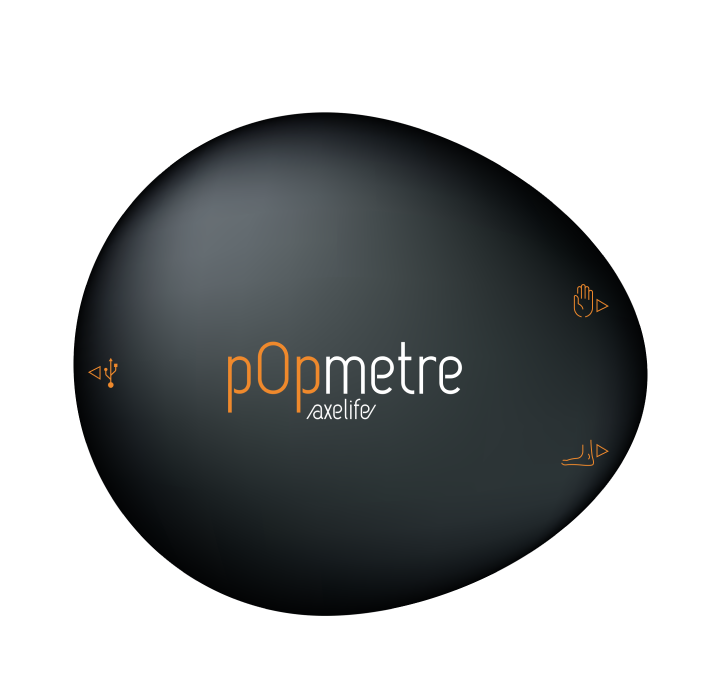Pulse Wave Velocity and Pregnancy: Implications for Maternal Cardiovascular Health
Pulse Wave Velocity (PWV) is a key indicator of arterial stiffness, playing an essential role in assessing the cardiovascular health of pregnant women.
Importance of Pulse Wave Velocity (PWV) During Pregnancy
During pregnancy, the cardiovascular system undergoes major transformations, including an increase in blood volume and cardiac output, as well as a decrease in systemic vascular resistance. These changes can influence the elasticity of the arteries, making the monitoring of PWV crucial. A high PWV may indicate that vascular changes are not adapting properly, which could increase risks for the mother.
Risks Associated with Elevated PWV
Research has revealed that women with gestational hypertension or preeclampsia often present with a higher PWV, indicating increased arterial stiffness. This stiffness can be an early indicator of future cardiovascular diseases. By monitoring PWV in these high-risk pregnancies, it is possible to predict adverse outcomes, such as preterm births or fetal growth restriction. Early detection of signs of arterial stiffness allows for targeted interventions to improve maternal and fetal health outcomes.
Integration of PWV Monitoring into Prenatal Care
Integrating PWV monitoring in pregnant women, especially those at risk, could become an essential component of prenatal care. By providing insights into current pregnancy complications as well as future cardiovascular health, PWV offers a broader perspective on maternal health. This approach encourages the development of long-term prevention strategies, thereby protecting both the mother and child and contributing to better management of cardiovascular health beyond pregnancy.
